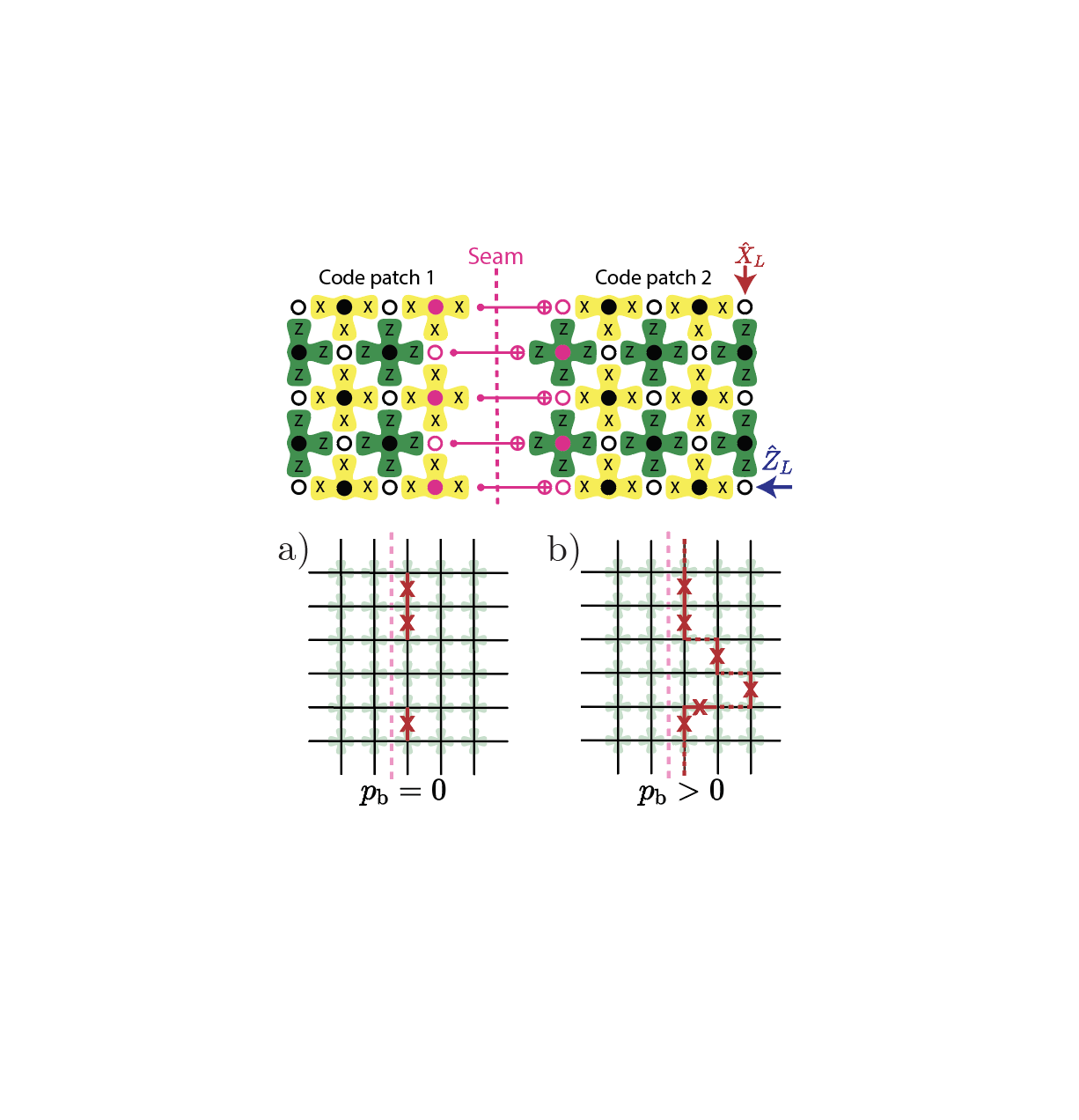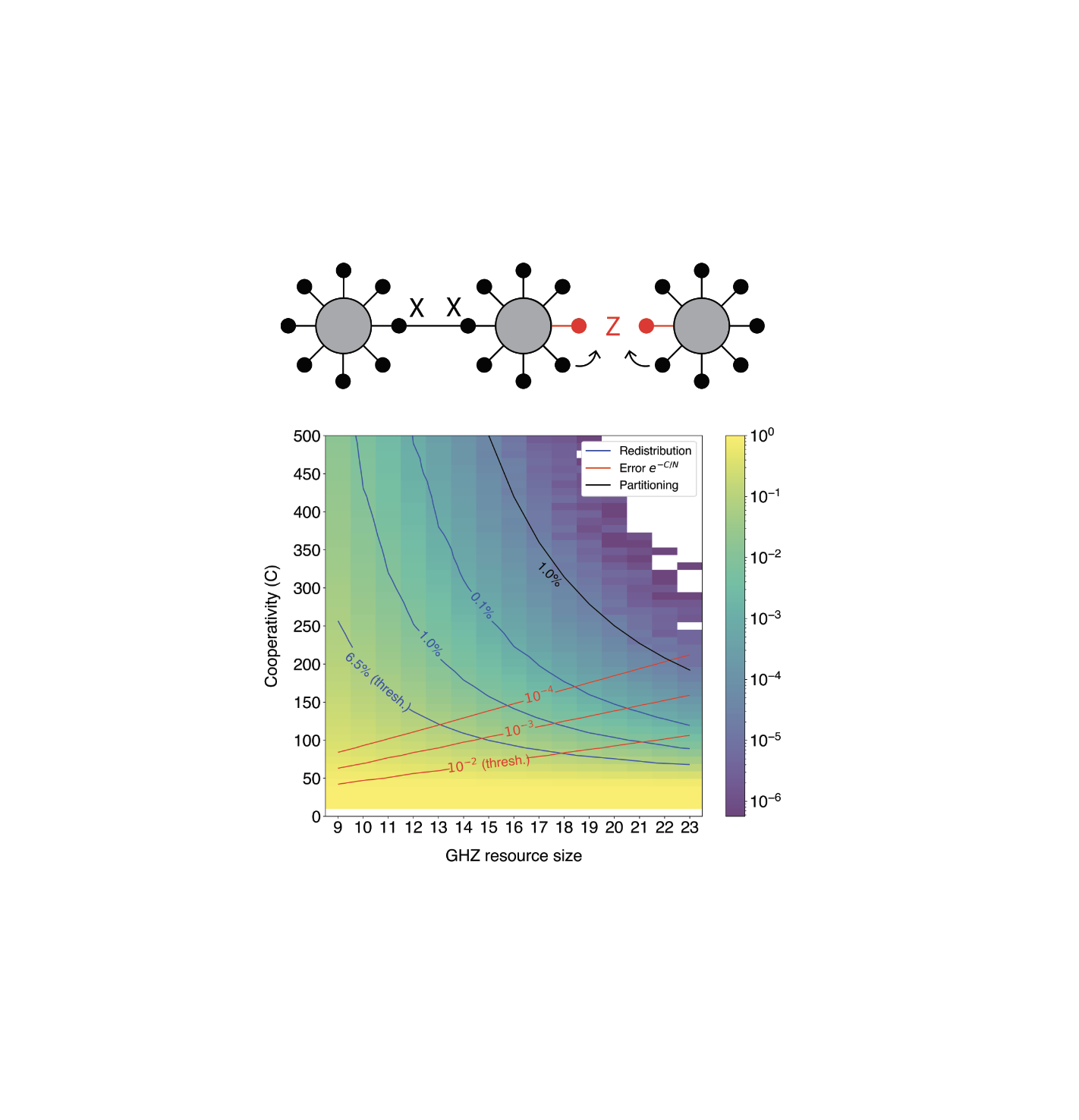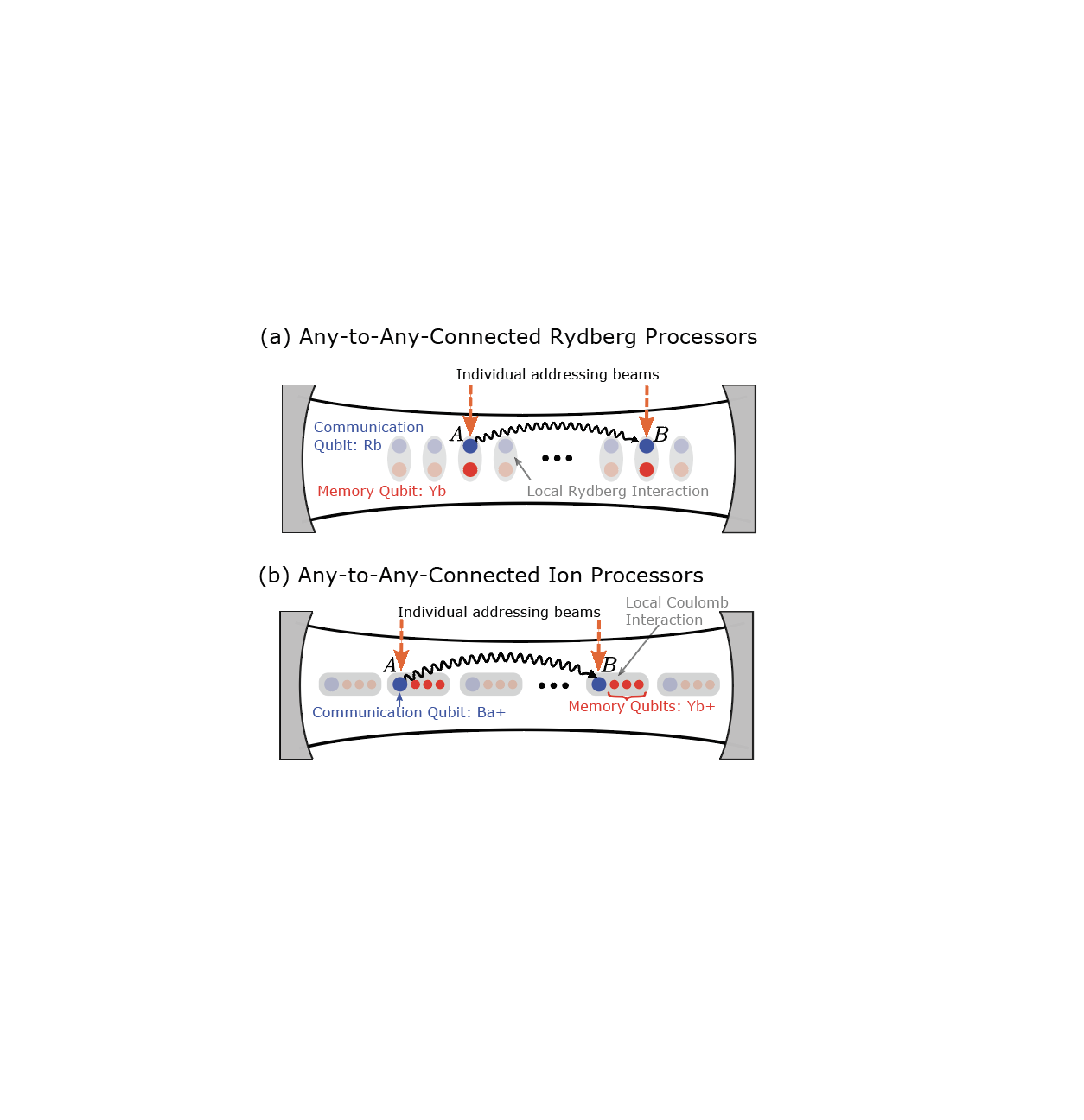
Interconnected Modules of Atomic Qubits (IMAQ) Lab
We are renovating a new lab space in Chamberlain Hall at the University of Wisconsin-Madison. This will be the home of the IMAQ Lab, which will focus on exploring photonic interconnects for neutral atom quantum computing.

A neutral atom array inside an optical cavity
Neutral atom arrays are a promising new platform for quantum computing. In my postdoc, I worked in Rb Lab in the Vuletic group on a new experimental effort to augment atom arrays with an optical cavity. The goal of this experiment is to demonstrate that a cavity can be used to speed up neutral atom qubit readout and remote entanglement generation, both of which will be critical for building utility scale neutral atom quantum computers. At present, the cavity is installed in our vacuum chamber, and just before Christmas 2022 we got it stabilized to the right atomic transition. We have since used the system to demonstrate fast, non-destructive cavity readout across an entire array. Combined with Rydberg gates, our cavity readout will enable full repetitive quantum error correction in neutral atoms.

Fault-tolerant optical interconnects for neutral-atom arrays
Neutral atom arrays are a promising approach to quantum computing leveraging large numbers of identical qubits and high fidelity operations. In this work, we develop a modular architecture for quantum computing based on atom arrays. Our architecture is composed of unit modules with sufficient quantum i/o such that the system can be scaled up arbitrarily by simply adding more modules. Our architecture builds on some recent results of ours, where we showed that large modules can be connected fault-tolerantly despite a high rate of Bell pair errors. Atom arrays are a natural candidate for an architecture inspired by these results, due to the large number of qubits housed in a single array. We show that realistic Bell pair generation rates are possible using a lens, an optical cavity, or an array of optical cavities, paving the way for a truly scalable, fault-tolerant architecture for quantum computing.

Connecting Error Corrected Qubits with Noisy Interfaces
We show that distinct surface code patches can be connected fault tolerantly despite increased levels of noise on the interface joining them together. This robustness is possible since the interface between the two patches itself forms a lower dimensional surface code with correspondingly higher threshold. With rigorous analytical bounds and numerical simulations, we quantify the effect of errors spanning across the interface and bulk of such combined surface codes and show that the interface can tolerate noise levels over 14x higher than the local gate noise with only a small effect on the code's threshold and subthreshold behavior. The formalism we develop provides a basis for understanding the fidelity requirements for a variety of modular surface code architectures and logical gate methods for quantum computing and quantum communication.

New methods of creating high-fidelity entangled states using an optical cavity
Entangled states are a resource for quantum computing and quantum sensing. We have proposed a new method of generating entangled states of multiple atoms which uses an optical cavity and achieves a fidelity which is exponentially better than similar prior methods. The method is called 'counterfactual carving' and relies on no-jump evolution.

Any-To-Any Connected Cavity-Mediated Architecture for Quantum Computing with Trapped Ions or Rydberg Arrays
The realization of a universal quantum computer is a long-sought goal in quantum science. Such a device would be useful for solving mathematical problems and uniquely suited for simulating many-body systems in physics and chemistry. The main challenge is scaling up the number of qubits while maintaining a high degree of nonlocal inter-qubit connectivity. In this work, we propose a new method for connecting many local quantum processors applicable to both Rydberg array and trapped-ion platforms. Our method places many such processors inside an optical cavity of moderate size and quality and connects them using single-photon transfers within that cavity. Photon losses are detected by heralding, and successful transfers result in the entanglement of two separate processors, which is then used for a teleported gate.

Photos of quantum optics and atomic physics labs at MIT and Harvard taken by @sinclairjosiah.








